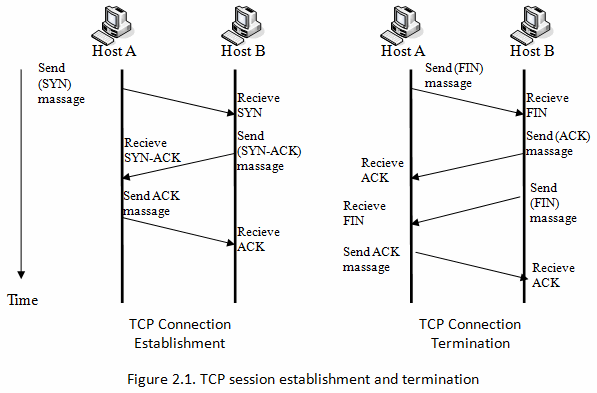The essential difference is that UDP is "fire and
forget" (and like a bullet, if it misses it doesn't tell you...) - there's
no acknowledgement of UDP traffic from the receiver built into the protocol, no
flow-control, error-correction or windowing (packet
segmentation/sequencing/reassembly/size-negotiation) - all these are parts of
the TCP protocol specification, there are clues in the names - User Datagram
Protocol (like a telegram, you send it and *may* get a reply depending on what
the destination does but no guarantee) and Transmission Control Protocol (like
a phone call, there's an end-to-end transmission path in both directions and
negotiations between end-points, it's "connection oriented" where UDP
is "connectionless").
Much of the activity
in a TCP connection is needed because of the non-deterministic, unreliable
nature of the Datalink layer - much of Ethernet has been handed down from the
Alohanet (networking over a single radio channel with collision avoidance by
carrier sensing), and until the advent of store-and-forward switches and
routers there was no guarantee of delivery. Things are better now, but UDP is
still an inferior choice if reliability matters!

No comments:
Post a Comment